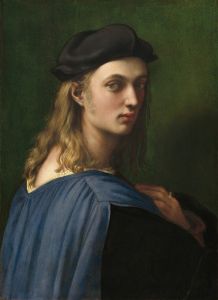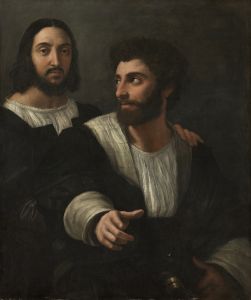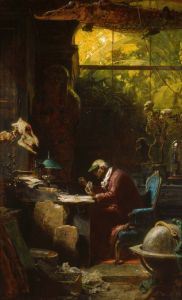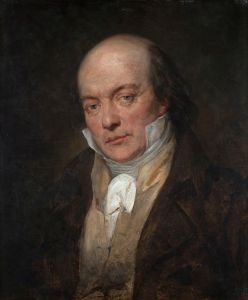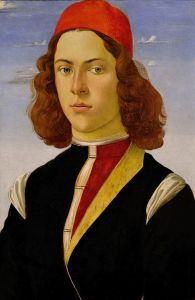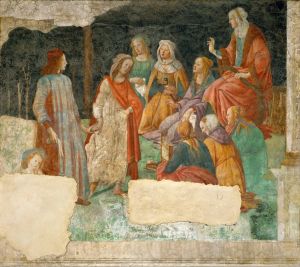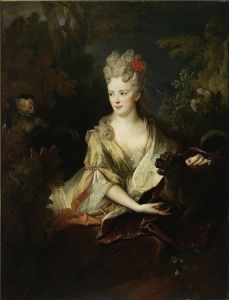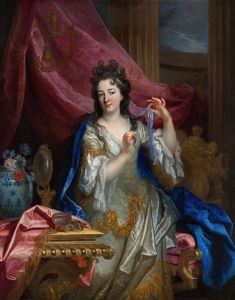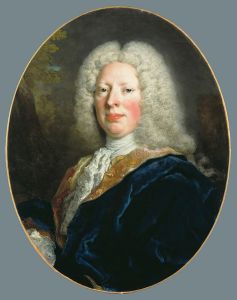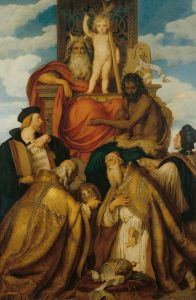
Portrait de Voltaire en 1718
A hand-painted replica of Nicolas de Largillière’s masterpiece Portrait de Voltaire en 1718, meticulously crafted by professional artists to capture the true essence of the original. Each piece is created with museum-quality canvas and rare mineral pigments, carefully painted by experienced artists with delicate brushstrokes and rich, layered colors to perfectly recreate the texture of the original artwork. Unlike machine-printed reproductions, this hand-painted version brings the painting to life, infused with the artist’s emotions and skill in every stroke. Whether for personal collection or home decoration, it instantly elevates the artistic atmosphere of any space.
The painting Portrait de Voltaire en 1718 by Nicolas de Largillière is a notable work of art that captures the likeness of the French Enlightenment writer, historian, and philosopher Voltaire. Created in 1718, this portrait is one of the earliest known depictions of Voltaire, whose real name was François-Marie Arouet. At the time, Voltaire was a young man in his mid-twenties, beginning to gain recognition for his wit, literary talent, and sharp criticism of authority.
Nicolas de Largillière, the artist, was a prominent French portrait painter of the Baroque and Rococo periods. Known for his ability to capture the personality and status of his sitters, Largillière painted numerous members of the French aristocracy, clergy, and intellectual elite. His work is characterized by its attention to detail, rich textures, and vibrant use of color, all of which are evident in this portrait of Voltaire.
In the painting, Voltaire is depicted wearing elegant attire, reflecting the fashion of the early 18th century. His youthful appearance and confident expression convey his burgeoning intellectual presence and charisma. The portrait is significant not only for its artistic merit but also for its historical value, as it provides a glimpse into the early life of one of the most influential figures of the Enlightenment.
This work is often associated with Voltaire's early career, a period marked by his sharp wit and satirical writings, which frequently brought him into conflict with the authorities. In 1718, Voltaire achieved significant literary success with the premiere of his tragedy Oedipe, which established him as a prominent playwright. The portrait by Largillière may have been commissioned around this time to commemorate his rising fame.
The painting is currently housed in the Musée Carnavalet in Paris, a museum dedicated to the history of the city. It remains an important piece in understanding both the artistic style of Largillière and the cultural context of early 18th-century France. The portrait serves as a testament to Voltaire's enduring legacy as a central figure of the Enlightenment and a symbol of intellectual freedom and resistance to oppression.





